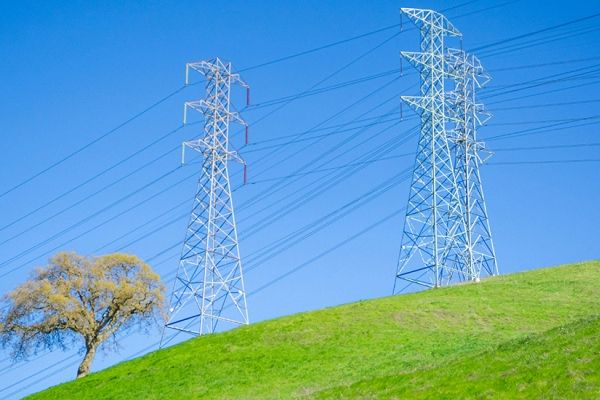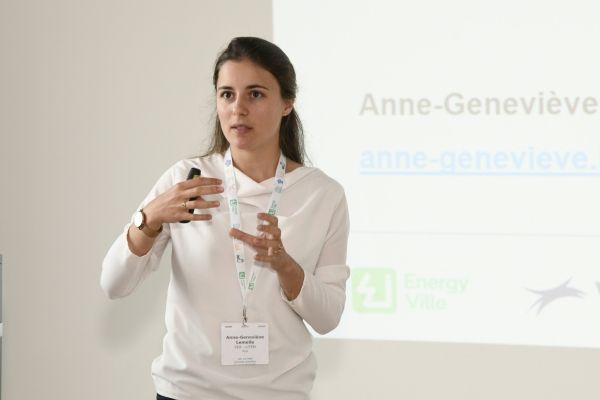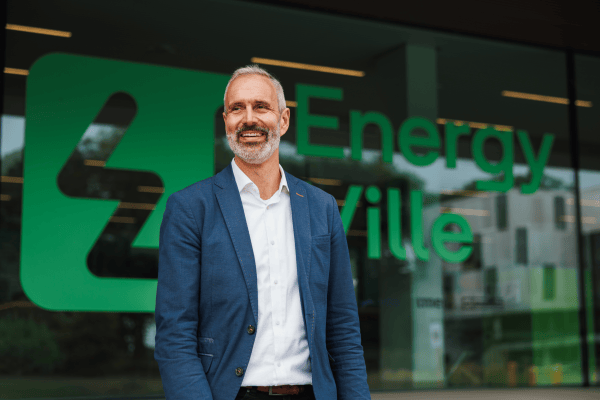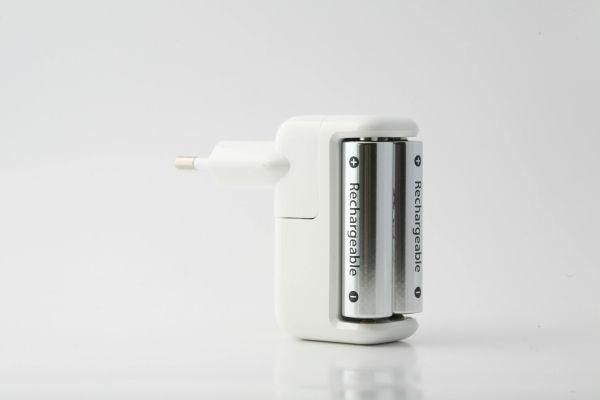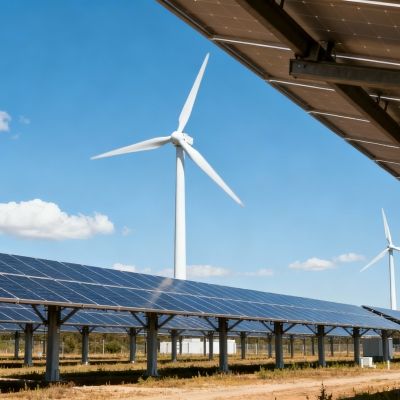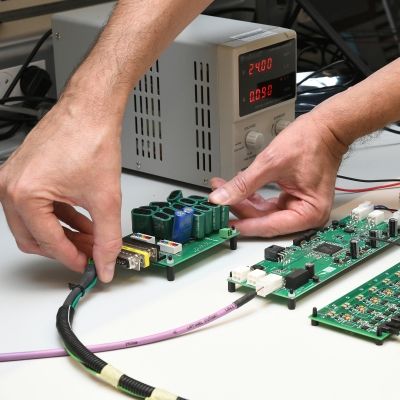VITO/EnergyVille ABEPEM tool supports greening of buildings
Minimizing CO2 emissions while living and working comfortably? This is the challenge ahead: we want to live and work comfortably in our homes and offices while at the same time minimizing our CO2 emissions and energy cost. The best way to do so is to combine thorough insulation with electrifying the building’s heating and its production of hot water. On top, an additional reduction of CO2 emissions is possible by carefully planning and coordinating the use of electricity in a smart way, so that renewable energy is maximally used and carbon-intensive electricity is avoided. But how to analyse the impact of these three measures (insulation, electrification, and smart control) and to determine the optimal combination? That’s where the ABEPeM (Active Building Energy Performance Modelling) simulation tool comes in. VITO/EnergyVille developed the flex model creation and energy cost cash flow calculation modules of this tool, while business partner ENERGINVEST created the financial and economic module. Annick Vastiau and Chris Caerts, project coordinator and research leader respectively, explain how the tool works and how it has emerged as a key result of the recent EU Horizon 2020 project AmBIENCe.
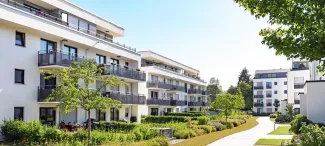
The need for electrification and smart control
Buildings play a key role in the energy transition, the path to drastically reduce CO2 emissions in the coming decades. In the European Union, they are currently responsible for 40% of the energy consumption and 36% of the CO2 emissions, primarily for heating and hot water generation. But many of our houses and offices are poorly insulated, and most still depend on oil and gas as their major source of energy. The AmBIENCe project, therefore, developed a database of grey-box model parameter values for EU buildings, providing an overview of the most relevant building features to check for the energy impact.
The solution to reducing buildings’ emissions seems straightforward: start renovating to make buildings more energy efficient and reduce their energy demand. However, this is a costly and time-consuming process, and a qualified labour force is scarce. As a result, the EU’s renovation targets are missed yearly.
Electrification would be an interesting alternative, as in many countries –including Belgium– the average carbon intensity of electricity in combination with higher heat pump efficiencies is far more CO2 emission-efficient than when using oil or gas. Combined with the rise of renewable energy sources, electricity is becoming even more sustainable by the day.
But electrification requires minimal energy efficiency, i.e. we still need to renovate buildings up to a certain point. In addition, in some countries, there is a cost disadvantage of using electricity instead of gas or oil, even when considering the higher heat pump efficiencies. Smart control of electrified consumption may (partly) compensate for this, though.
Hence the question: what is the best, most cost-effective mix of renovation and electrification for every situation? How do we ensure that we effectively reduce CO2 emissions and costs, making optimal use of green electricity generated by wind turbines and solar panels? And how can a smart control help?
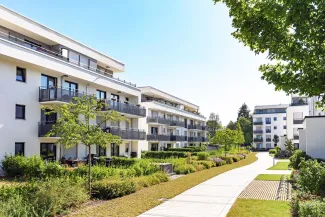
Balancing renovation measures with electrification and smart control
“That’s where our ABEPeM tool comes in,” says Annick Vastiau. “Based on a number of scenarios, it guides the selection of the most effective combination of renovation and electrification measures, taking into account the impact of smart control. For this, it uses dynamic building thermal models that reflect the as-is situation as well as the situation after various combinations of renovation measures, such as roof insulation, wall insulation, window replacements, etc.”
“The tool first determines a minimal selection of measures that are required to enable electrification. With this selection, a subsequent analysis is done to assess the resulting impact of the measures on energy cost and CO2 emissions. This analysis takes into account the dynamic thermal behaviour of the renovated building in a number of selected scenarios, including weather conditions and preferred user comfort. The impact of additional non-insulation measures, such as a photovoltaic installation, a residential battery or an electric vehicle can be added to the analysis, and an optimal dimensioning can be explored.”
“On top of that, the tool accounts for the impact of smart control, e.g. increasing self-consumption or shifting consumption to time slots with more cheap and green energy.”
The right time, the right electricity
“In a smart electrified house,” says Chris Caerts, “there will be a number of appliances with flexible electricity demand. We can choose to run them whenever suits us best. Think of heating water, using a washing machine and dishwasher, charging home batteries or an electric vehicle, and running the heat pump.”
“On the other side of the equation, there’s the electricity supply, whose source also varies during the day, from self-produced solar energy to grid-supplied electricity from a varying mix of renewable and fossil sources.”
“You’d want your electrical appliances to use the self-generated solar power as much as possible, e.g. to heat your water, pre-heat the building with a heat pump, or charge batteries, and minimize the surplus that would be injected in the grid.”
“When the house starts using electricity from the grid, you’d want that demand to be as smartly coordinated as possible. With capacity pricing — pricing that puts a penalty on costly peaks – you would prefer not to be running the heat pump and charging a car at the same time. In an environment with electricity tariffs that change hourly, you’d want to shift the flexible part of the electricity demand to the low-price timeslots. So, charge the batteries and heat the water when electricity is cheaper. If you know at any moment how green (low in CO2 emissions) the grid electricity is, you could optimize the electricity demand towards the greener electricity.”
“Even though capacity tariffs, hourly-changing tariffs, and emission-based tariffs are not commonly available yet, they will be in the very near future, and they will be the basis for smart electrification.”
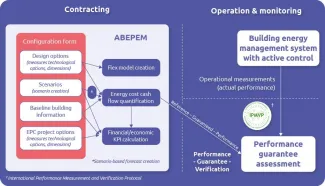
Smart financing for renovations
“Our expertise was a perfect fit for the EU project AmBIENCe - Active managed Buildings with Energy performaNce Contracting. The project was recently concluded, and we were the project coordinator and a key contributor,” adds Annick Vastiau.
“The central idea of AmBIENCe was to develop an innovative type of Active Building EPC (Energy Performance Contract). Energy Performance Contracts aim at removing financial barriers for renovations by offering performance guarantees including pay-back times of the implemented measures. They describe how the costs of a renovation can be recuperated over time by the guaranteed gains in energy efficiency and costs.”
“Traditional EPCs only consider a building’s insulation and type of heating, although more recently they also add the impact of added renewables (e.g. rooftop PV) and storage (e.g. stationary batteries). The AmBIENCe Active Building EPC concept goes beyond that by explicitly adding the impact of active control. For this, it was key to adopt a simulation approach that is fed with dynamic building thermal models and scenarios and that can mix and match a dynamic demand profile to a dynamic supply, instead of a calculation approach.”
From design to control
“In addition to a design-time simulation tool,” says Chris Caerts, “you’d also need an operational planning and control tool that can control the flexible electricity demand in line with what was estimated and laid down in the EPC. To that end, the models and algorithms that we have developed can also be deployed in a Building Energy Management System, using the forecasted parameters of the weather and smart building sensors to steer the dynamic demand of a building towards the goals. Hence the same algorithms that calculate the optimal electricity profile for use in the design-time ABEPEM simulation tool, can also be used to manage and steer the actual electricity demand of buildings.”
From houses to neighbourhoods
The case of a single house is only the start of what is possible with smart electrification. But if we would restrict our approach to single houses or offices, then these will make the same smart decisions at around the same time and there will be unwanted effects on the level of a neighbourhood, city, or region. All heat pumps or battery chargers would, for example, become active concurrently, resulting in a demand peak that could cause local grid problems and that might require additional electricity generation, which would be more expensive and often fossil-fuel based.
Chris Caerts: “So there has to be a measure of coordination between buildings in a neighbourhood, and that is also what our algorithms are able to do. Instead of coordinating the sources of flexible electricity use in a single building to avoid demand peaks, the idea is to do the same on the level of several buildings. For example, avoid charging several electrical vehicles concurrently, or run a series of heat pumps at the same time. Eventually, such coordination could also include offering energy services, where people receive incentives to shift their energy demand so that the demand/supply profile of the whole neighbourhood improves.”
An electric future
“VITO/EnergyVille works to enable building electrification in combination with smart controls, with a central goal to lower and even minimize CO2 emissions,” concludes Annick Vastiau. “We do that by coordinating all sources of flexible consumption and buffers in buildings. Today, what we often see in the market is smart solutions that focus on combining solar panels with one flexible asset e.g. an electric boiler, optionally in combination with a battery. Our solution coordinates all sources of flexibility and buffers in a building, and eventually also in groups of buildings such as apartment blocks or neighbourhoods. And in addition to determining the optimal configuration, our algorithms can also control and manage the energy profile.”
Interested to know more about the AEPC, the ABEPeM platform and our BEMS solutions? Please check the AmBIENCe website or contact us for more information.
References
[1] https://ec.europa.eu/commission/presscorner/detail/en/IP_20_1835





